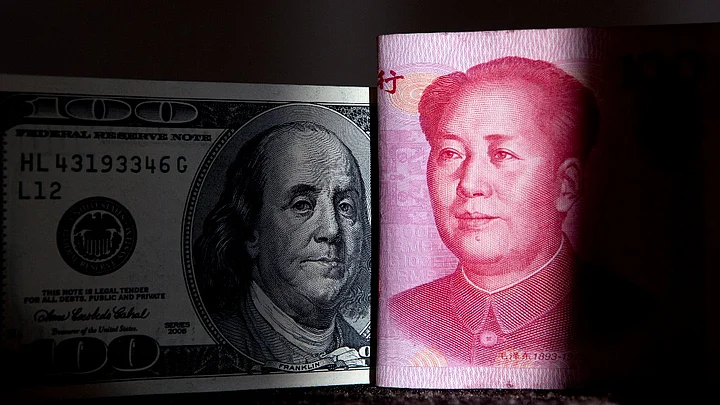Over the past twenty years or so, many committees have been set up to assess the prospects and processes for capital account convertibility, and more recently, internationalisation of the rupee. This second proposal is more encompassing, including as it does enabling Indian companies to sell to (and buy from) international customers (sellers) and/or to borrow from global investors in Indian rupees.
To judge from the current state of the foreign exchange market, we are still quite a way from this goal.
It would seem obvious that as we approach internationalisation of the rupee, the early impact would be increasing volume and depth in the forex market. China’s currency the renminbi (or the yuan), which is now being used in significant volumes in international trade, saw its volumes soar by over 500 percent between 2010 and 2016; it is now the 8th most actively traded currency.
In the case of the rupee, forex volumes are rising stodgily, despite our high GDP growth rate.
- In 2016, the rupee was the 18th most actively traded currency, with $56 billion traded a day, comprising 1.1 percent of global turnover (as compared to $198 billion/day comprising 4 percent of global turnover for the renminbi).
- Between 2010 and 2016, volumes did grow but by only 56 percent, better than overall forex market growth (28 percent) but a far cry from the kind of pace we would need to internationalise the currency.
- However, the bulk of the growth – from $34 billion a day to $50 billion a day – was from 2010 to 2013, with the last three years seeing a weak 11 percent growth in volumes.
Further, the rupee derivatives markets are relatively poorly developed – 72 percent of volumes are spot and outright forwards; the balance is distributed between swaps (22 percent) and options (6 percent). For the Chinese Yuan, the equivalent numbers are 48 percent for spot and outright forward, 44 percent for swaps and 9 percent for options. Again, and importantly, 40 percent of rupee turnover is offshore, similar to the 38 percent offshore volumes for the Yuan.
So, while international entities are, indeed, using the rupee more and more, domestic users of the forex market, have to contend with very thin market conditions.
The main reason for this squeeze on domestic volumes has been RBI policy, driven by Dr Raghuram Rajan (since he became governor in 2013) and apparently continuing under the present governor.
Rajan said that he believed that low currency volatility would lead to lower inflation expectations – I’m not sure I agree with that.
As we see from the last monetary policy announcement, the RBI is getting more concerned about rising inflation expectations – because of a host of uncontrollable factors, like US fiscal policy and oil prices – even though currency volatility remains numbingly low.
This squeeze on market volumes is only one negative aspect of the central bank’s efforts at damping volatility. The other, and potentially equally pernicious, effect is to lull companies with forex borrowings into a sense of security – reports suggest that well over 70 percent of forex borrowings remain unhedged.
As a result of this, the domestic derivatives market remains underdeveloped – offshore rupee derivatives are much more liquid out to long tenors, with offshore prices more attractive for hedging.
This good liquidity in the offshore derivatives market partly explains the increasing success of masala bonds. It is inconceivable that professional investors – other than developmental investors like IFC – would invest in medium-to-long rupee assets without hedging the risk.
In sum, a pre-requisite for internationalisation of the currency, as, indeed, for providing domestic companies with better risk management facilities, is to actively work to increase volumes in the onshore market for both spot and derivatives.
(Jamal Mecklai is a leading market risk management consultant and CEO at Mecklai Financial. The article was originally published on BloomberQuint. This is an opinion piece and the views expressed above are the author’s own. The Quint neither endorses nor is responsible for the same.)
(At The Quint, we question everything. Play an active role in shaping our journalism by becoming a member today.)
